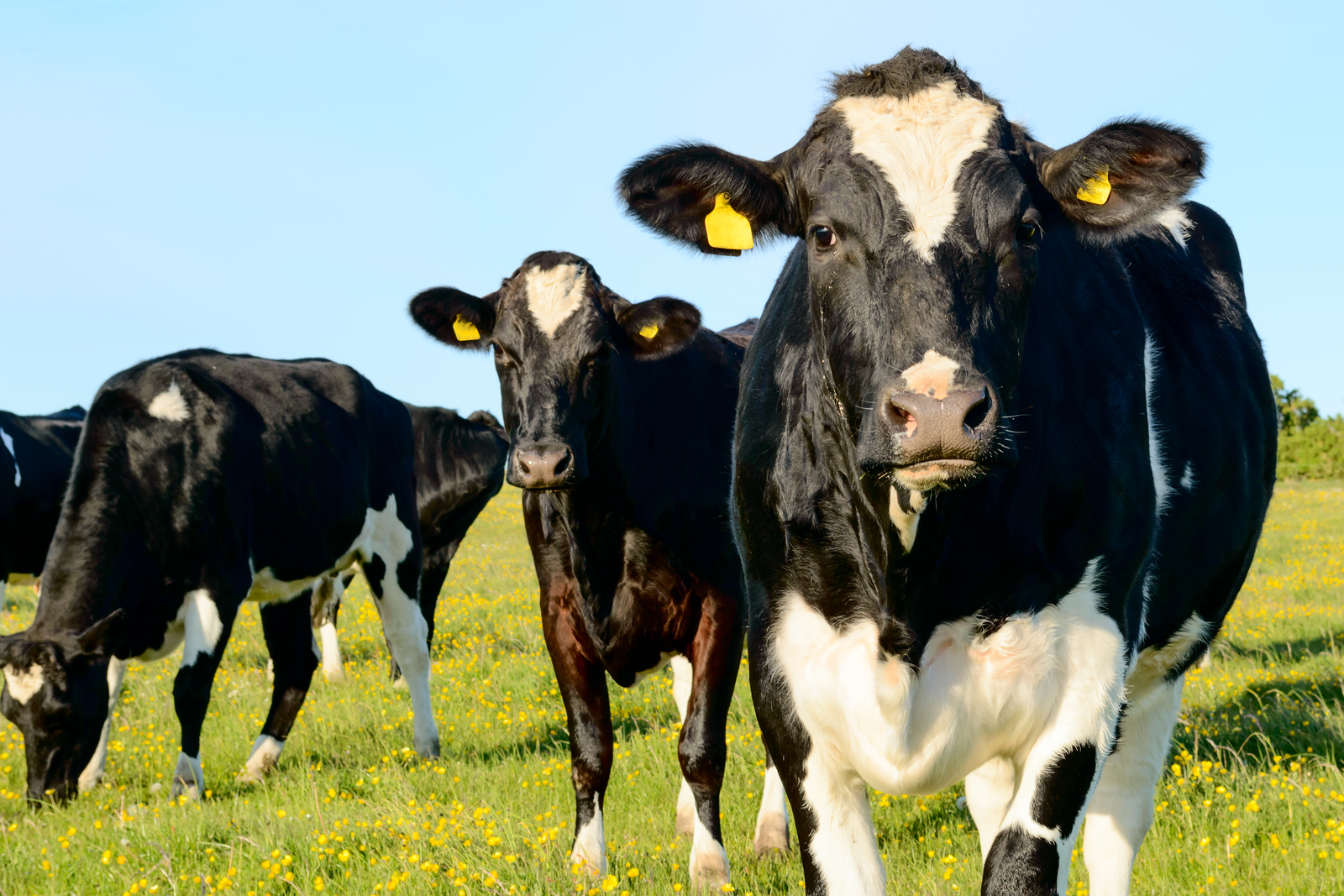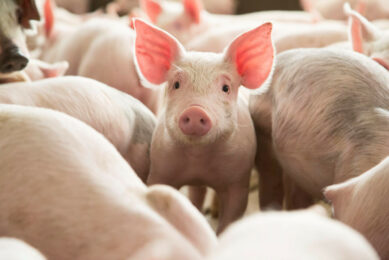Methane emissions down, farm efficiency up

Reduction of methane emissions starts with improved efficiency. But how to identify the profitable opportunities? Software tools are there to help farmers do so, without adding extra costs. Andrew Wynne, Alltech ECO2, explained to All About Feed what this entails.
Governments around the world are under pressure to deliver significant cuts in greenhouse gas emissions and there’s no doubt that agriculture is very much under the spotlight. For example, in the UK, the Climate Change Act commits the government to deliver a minimum 80% overall cut in greenhouse gas emissions by 2050, with UK agriculture alone being asked to make an 11% reduction by 2020. So what are the implications for the feed industry and its farmer customers? When you consider that nearly 30% of agricultural sector emissions come from digestive emissions alone, the global feed industry clearly has a great opportunity to help farmers measure and improve efficiency. This applies particularly to beef, dairy and sheep producers in the ruminant sector, which is responsible for the largest share of enteric emissions. Rumen function can be improved – and methane emissions cut significantly – through optimal nutrition and a more balanced feeding regime.
Reduction without added costs
Software tools can help ruminant livestock farmers identify profitable opportunities and improve efficiency. Alltech E-CO2 has developed on-farm environmental and carbon assessment tools designed to help agriculture address efficiency and sustainability issues. Based in the UK, it has already carried out more than 5,000 farm consultancy visits across Europe. The company also works with the Carbon Trust to accredit its tools to the internationally recognised PAS 2050 life cycle analysis standard. This ensures that its products and services are independently assessed and internationally verified.
“Data is at the heart of what we do. This is needed to improve their environmental efficiency,” explains Andrew Wynne, joint business general manager, Alltech E-CO2. “For example, European dairy efficiency campaign studies we have carried out in conjunction with Alltech over the last two years – using our dairy ‘What If?’ tool – have shown just how much improvements in environmental efficiency can boost profitability on livestock units,” Wynne says. “With 80% of the carbon emissions associated with the production of a litre of milk coming from the farm there’s plenty to target. However, many dairy farmers assume that any move to reduce their carbon footprint is bound to add cost. Actually, experience shows the opposite is true.”

Also read: 3NOP supplement reduces methane by 30%
Reduction in mastitis
Assessments carried out on 58 dairy units across 19 countries involving more than 14,000 cows were able to deliver an extra £204 (approx. € 284) per cow per year on average, yet there was a significant drop in the level of CO2 emitted. Indeed, the total reduction in carbon emissions across the 58 dairy units was equivalent to 546 fewer round the world flights or a saving of 7.2 million tractor miles. “The main herd efficiency improvements came from reductions in mastitis, metritis, lameness and acidosis problems, all of which boosted profits. At the same time the CO2 emitted per cow dropped by 1.55 kg per day on average. As a result we are now confident in telling farmers that when it comes to making money from being environmentally friendly it really is a ‘win:win’ situation. If you can produce more milk or meat from the same or fewer resources, efficiency and profitability are both improved and your farm will have a lower carbon footprint. With the downward pressure on beef and milk prices in some markets these are opportunities no farmer can afford to pass up,” Wynne comments.
Cooperation with McDonalds
The tool for beef producers was developed in conjunction with McDonald’s for farmers in Britain and Ireland. It is based on data verified by the Carbon Trust and 1200 beef farm carbon assessments. Initially launched in March 2013 and re-launched with a financial component last year, it is available free for all farmers online as part of McDonald’s Farm Forward initiative. The tool allows producers to measure the carbon emissions produced per kg of beef and the potential financial impact of any changes in nutrition and management.
“Farmers are asked to input data such as cattle daily liveweight gain, feed use per animal, fertiliser usage, sale weights and calf mortality rates. A simple online dashboard then delivers an instant assessment of current carbon emissions per kg of beef produced. The programme also benchmarks farmers against the top 10% of farms in the data pool for their specific production system,” Wynne explains. “The tool also enables beef producers to manipulate different scenarios to see which potential changes have the most impact on their carbon footprint and profitability and will, in turn, drive greater efficiencies for their business.”
Key areas for dairy farmers
The dairy sector can also benefit from a similar tool, also free online and developed to allow milk producers to instantly assess their current and potential environmental performance. “Following the input of basic data such as herd size, average cow live weight and milk price received, it then asks for yield, culling, fertility, calving interval, feed regime and crop/resource use information. It too incorporates a dashboard-style presentation of current carbon emissions per litre of milk produced and the potential ‘What If?’ implications – and the financial impact – of different management changes,” Wynne explains. In highlighting the improved efficiency opportunities available to dairy farmers, Wynne cites rumen health, age at first calving and cow longevity as key areas where milk producers can often make significant financial savings.
“For example, we know that by improving the health of the rumen and the cow, more milk will be produced whilst at the same time lowering methane emissions. Furthermore, healthy cows live longer, lowering culling and replacement rates. Emissions spread across a short milking life are very inefficient, whereas if they can be spread over increased lactations you help to offset those produced during the unproductive rearing period. All these factors boost your on-farm efficiency and profitability, whilst at the same time reducing your environmental impact,” Wynne says. Sheep farmers can also access a tool. The UK company has worked with AHDB Beef and Lamb to offer a similar web-based programme to help producers assess how certain actions on their farm can affect their carbon footprint.

Also read: Dietary nitrate for cows reduces methane












